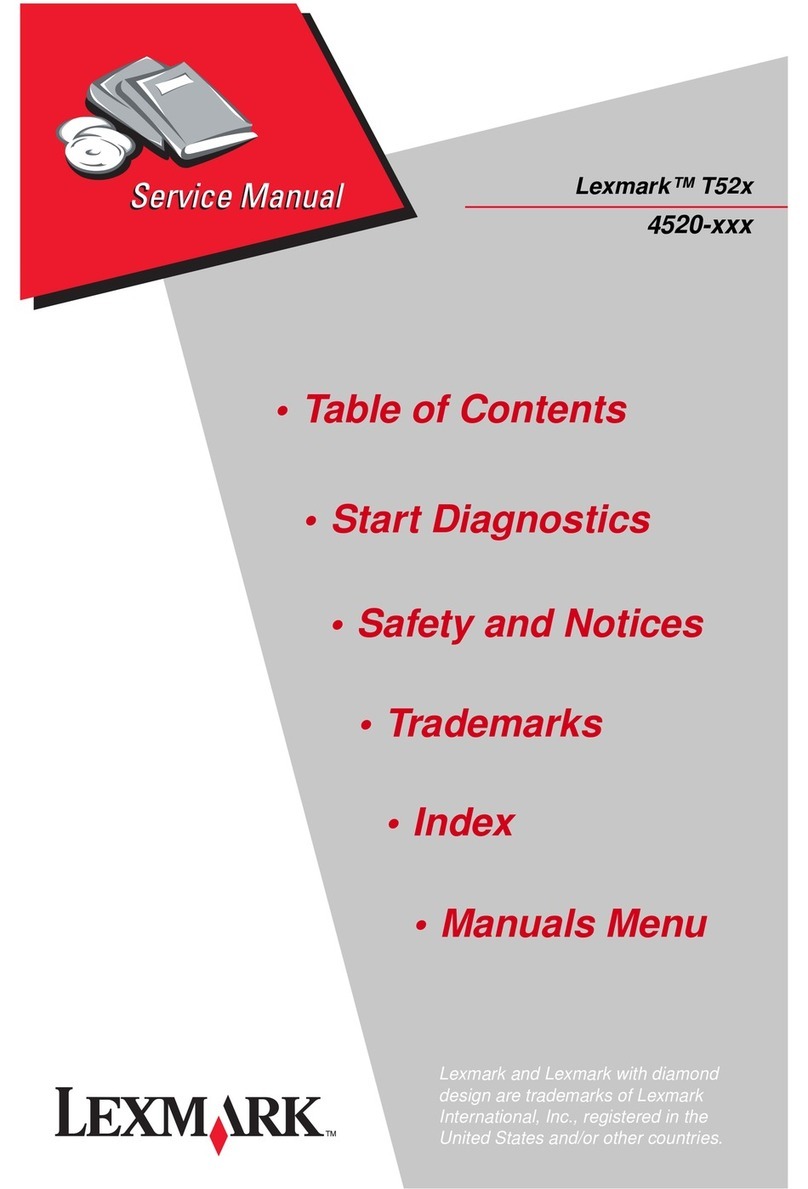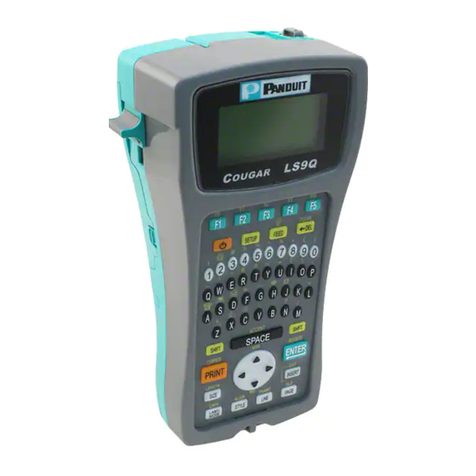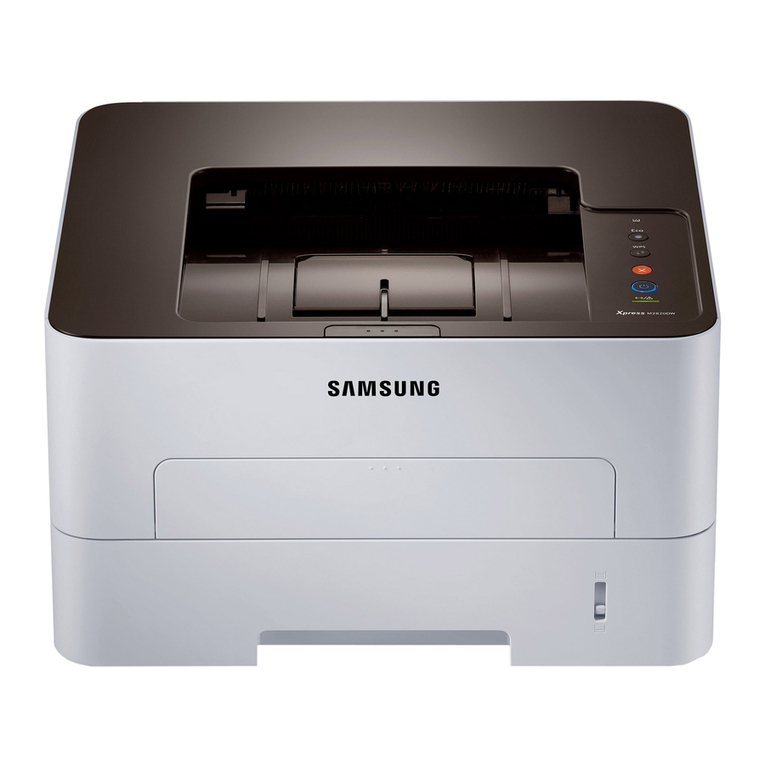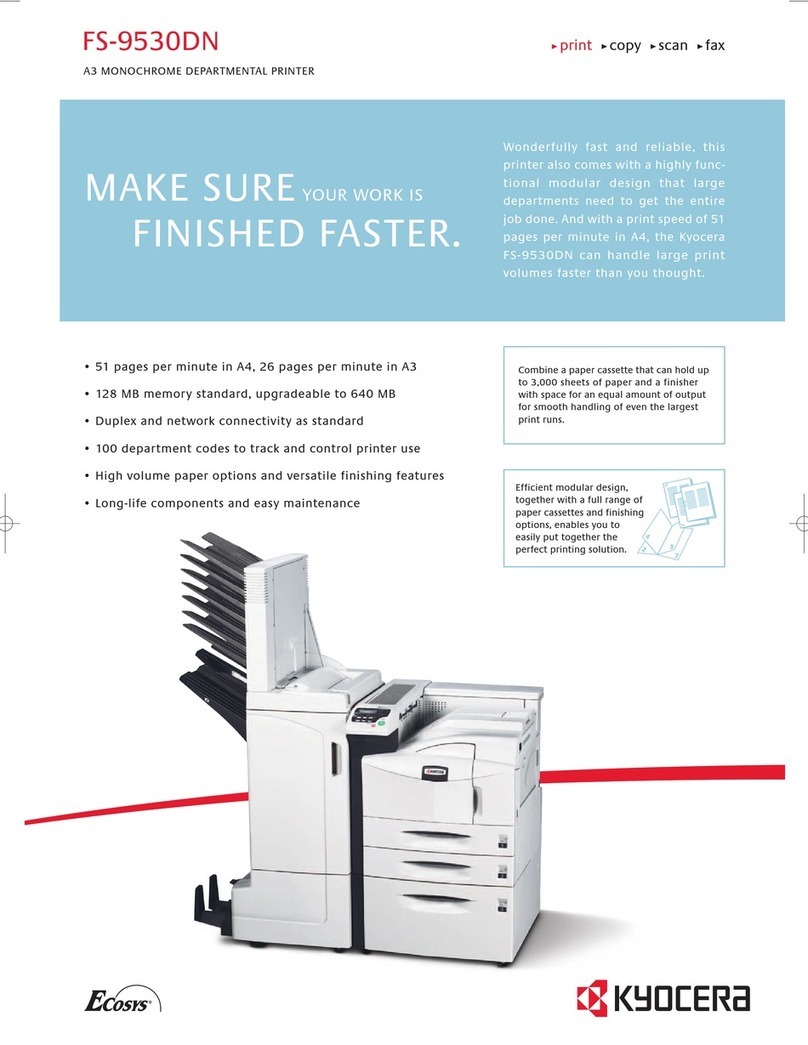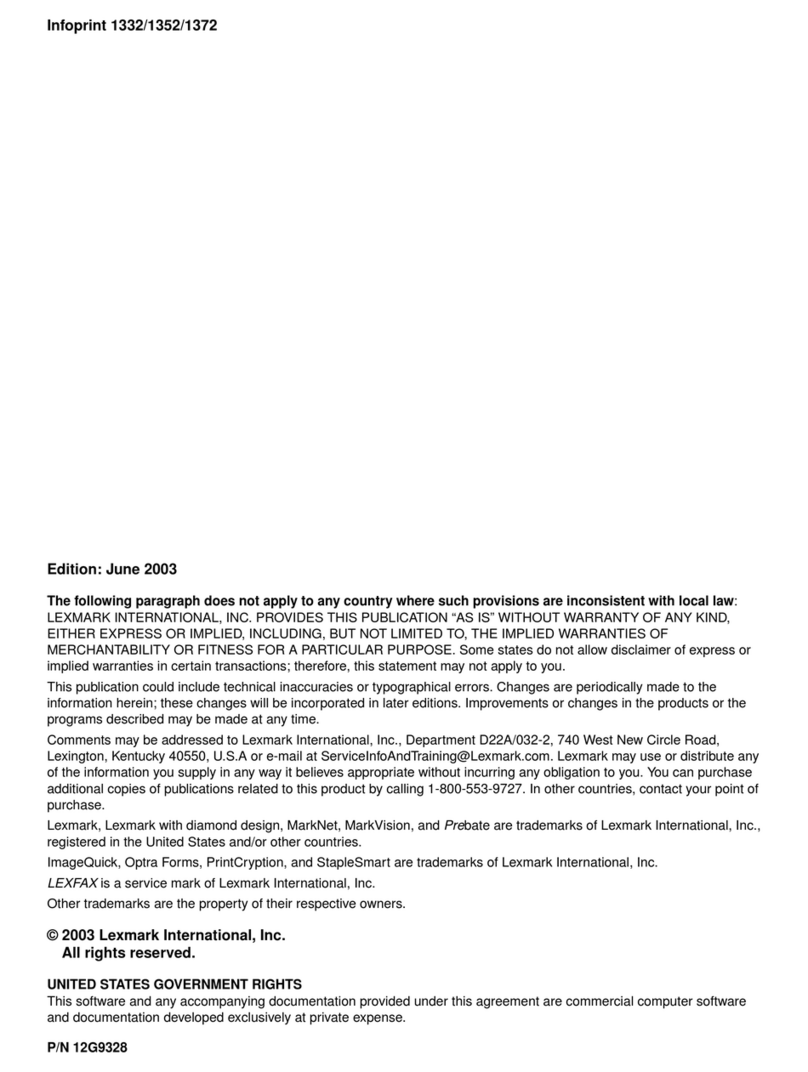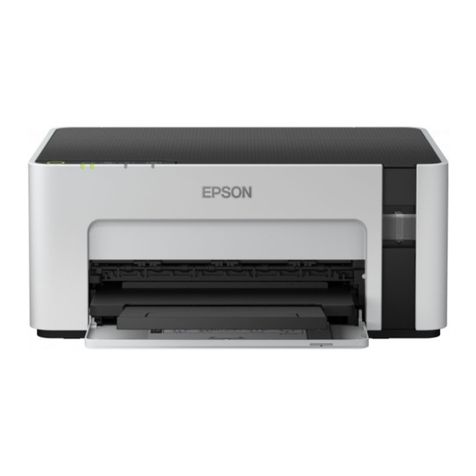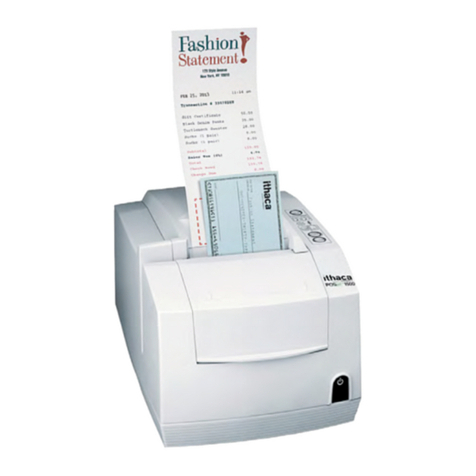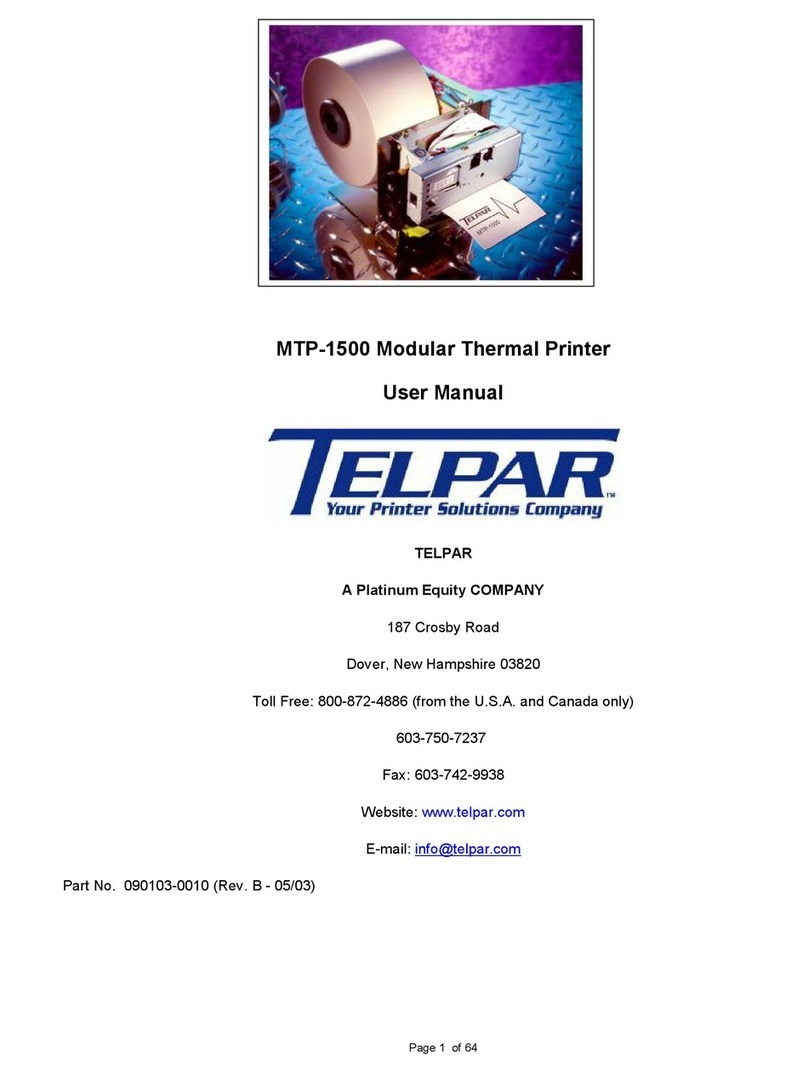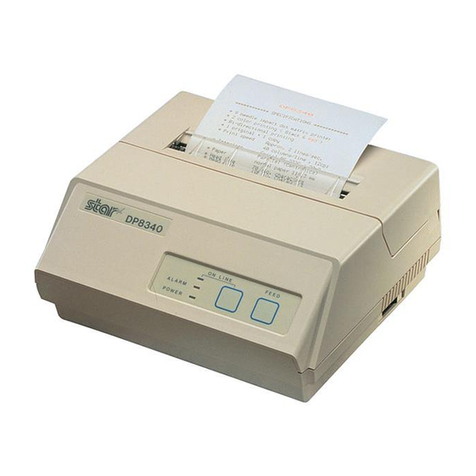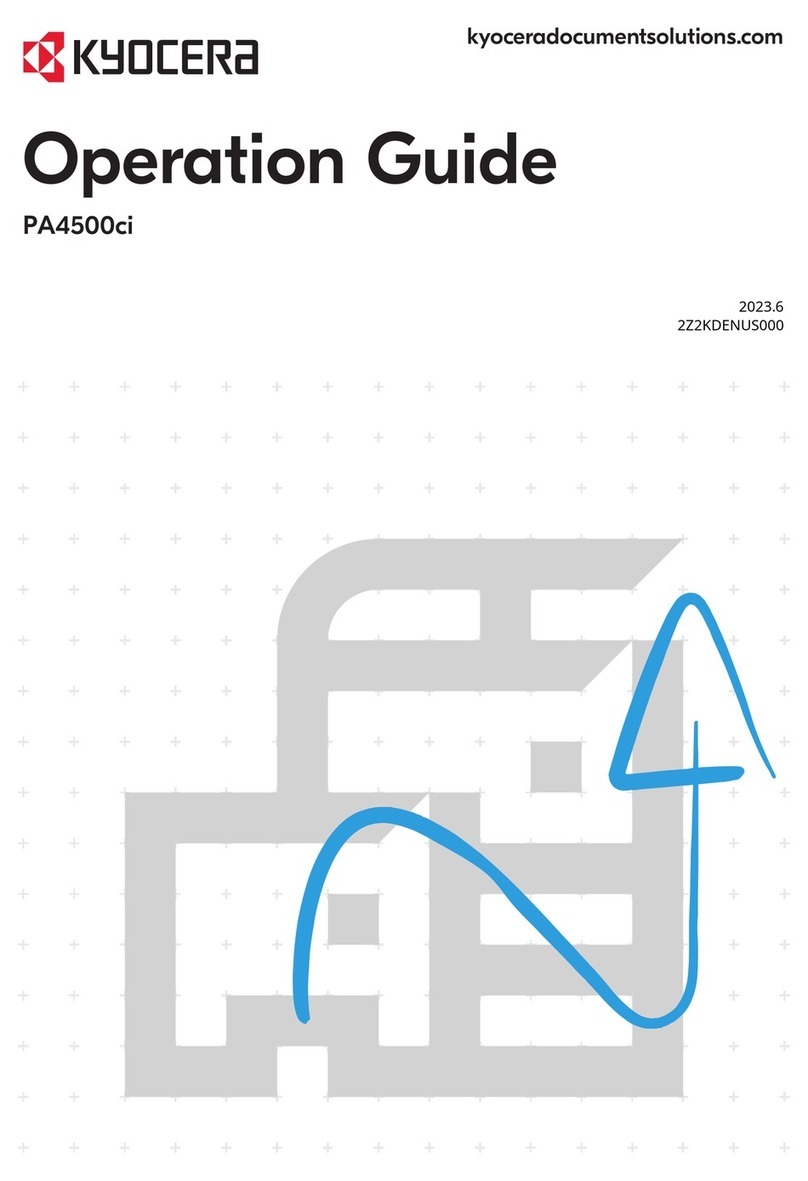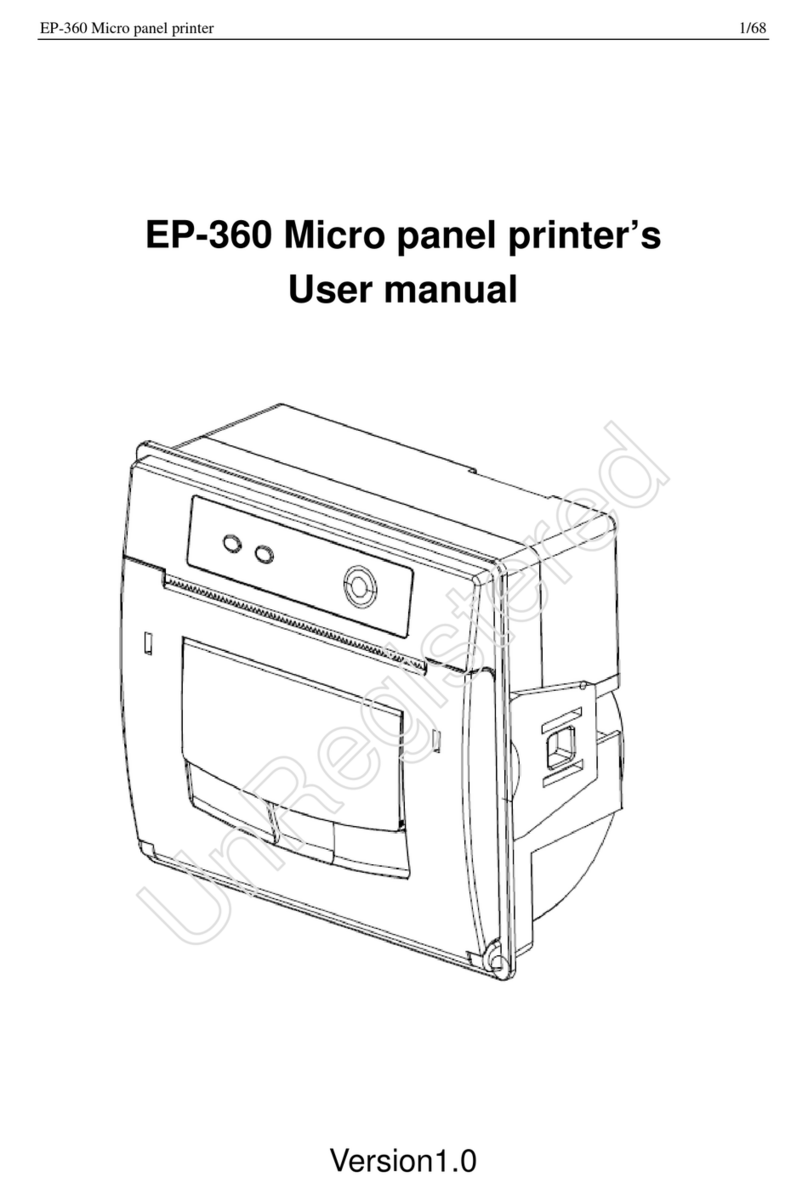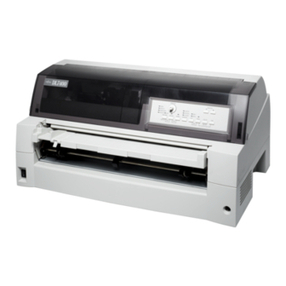iii
Proprietary Statement
This manual contains proprietary information of the manufacturer. It is intended solely for the
information and use of parties operating and maintaining the equipment described herein. Such
proprietary information may not be used, reproduced, or disclosed to any other parties for any
other purpose without the expressed written permission of the manufacturer.
Product Improvements
Continuous improvement of products is a policy of the manufacturer. All specifications and signs
are subject to change without notice.
FCC Compliance Statement
NOTE: This equipment has been tested and found to comply with the limits for a Class B digital
device, pursuant to Part 15 of the FCC Rules. These limits are designed to provide reasonable pro-
tection against harmful interference in a residential installation. This equipment generates, uses,
and can radiate radio frequency energy and, if not installed and used in accordance with the
instructions, may cause harmful interference to radio communications. However, there is no guar-
antee that the interference will not occur in a particular installation. If this equipment does cause
harmful interference to radio or television reception, which can be determined by turning the
equipment off and on, the user is encouraged to try to correct the interference by one or more of
the following measures:
• Reorient or relocate the receiving antenna.
• Increase the separation between the equipment and the receiver.
• Connect the equipment into an outlet on a circuit different than that to which the receiver is
connected.
• Consult the dealer or an experienced Radio/TV technician for help.
NOTE: This unit was tested with shielded cables on the peripheral devices. Shielded cables must
be used with the unit to insure compliance.
“The user is cautioned that any changes or modifications not expressly approved by the manufac-
turer could void the user’s authority to operate the equipment.”
Liability Disclaimer
The manufacturer takes steps to assure that its published Engineering specifications and Manuals
are correct; however, errors do occur. The manufacturer reserves the right to correct any such
errors and disclaims liability resulting therefrom.
No Liability for Consequential Damage
In no event shall the manufacturer or anyone else involved in the creation, production, or deliv-
ery of the accompanying product (including hardware and software) be liable for any damages
whatsoever (including, without limitation, damages for loss of business profits, business interrup-
tion, loss of business information, or other pecuniary loss) arising out of the use of or the results
of use of or inability to use such product, even if the manufacturer has been advised of the possi-
bility of such damages. Because some states do not allow the exclusion or limitation of liability
for consequential or incidental damages, the above limitation may not apply to you.
Copyrights
This copyrighted manual and the label printer described herein are owned by the manufacturer.
All rights are reserved. Unauthorized reproduction of this manual or the software in the label
printer may result in imprisonment of up to one year and fines of up to $10,000 (17 U.S.C.506).
Copyright violators may be subject to civil liability.
©2004 All rights reserved.
















